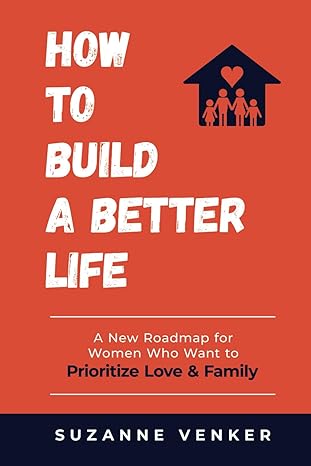On my Doorstep: Building for Connected Lives
Home Renaissance Foundation Blog
This week we continue to look at inspiring projects that are building hope for the future. Investing in the important resource of all – the people who will benefit from and contribute to new neighbourhoods and communities. Places to thrive not just survive.
A recent buzz-phrase is the “Fifteen Minute City”. This is the vision that within fifteen minutes of where we live there is easy access to affordable food shopping, primary education and health services, green space for leisure and exercise, work hubs, religious centres and community projects. In some ways this harks back to the traditional village where people did indeed live and work, shop, go to school, play sports and attend church all in the same place.
The new vision recognizes the positives of the past model but reimagines connected lives for the demands of the current age. Those demands include the impact of climate change, ageing populations and competition for resources. Creative engagement with smart technologies for homes and communities is vital for this new way of planning and building. It needs, though, to go hand in hand with an understanding of what makes those homes and communities vibrant and positive places to live. Connected homes for connected living – with each other.
At our recent meeting in Nottingham: Home/Family and Climate Change, Professor Bridgette Wessels, University of Glasgow, and Jennifer Challinor, The Crichton Trust, shared a project based on that rich understanding of human connectedness. The Ladyfield site near Dumfries in Scotland is in a rural setting and so offers the opportunity not for a Fifteen Minute City but a “twenty minute neighbourhood.”
The Crichton Trust has built on its history as a pioneering centre for mental health in its more recent role overseeing a large social enterprise and housing development. Its sustainable housing model is informed by three integrated themes: using the wisdom of residents for what their homes and neighbourhoods need; putting wellbeing at the forefront by preserving the natural environment and connection to other people; using the new technologies to support people for longer in their communities and in energy-efficient homes.
For Home Renaissance Foundation, the key thinking here is the recognition of how the home is the starting point for healthy neighbourhoods. The Ladyfield proposal keeps at its heart the value of homes which support the wellbeing of those living there. This ranges from the quality of design and materials for the housing to its “future-proofing” technologies; the future not just of the buildings, but for the changing needs of residents. Human connectedness is a natural process and cannot in the end be engineered, but it can be assisted by empathetic and informed development choices. It is here that the commitment to having services and work opportunities within a short walk or bus ride makes such a difference to how healthy and connected neighbourhoods can evolve.
Projects such as the one at Ladyfield are truly inspirational because they respond to the demands of the 21st century and beyond. That they also respond to the age-old needs of people for relationship, place and meaning makes them not just inspirational but critical to how we live and thrive together NOW.
Angela de Miguel-Director of Communication Human renaissance Foundations.
The points of view expressed by the authors of videos, academic or non-academic articles, blogs, academic books or essays (“the material”) are those of their author(s); they in no way bind the members of the Global Wo.Men Hub, who, amongst themselves, do not necessarily think the same thing. By sponsoring the publication of this material, Global Wo.Men Hub considers that it contributes to useful societal debates. Material could therefore be published in response to others.

Angela de Miguel
Communication Director at Home Renaissance Foundation






Commentaires récents